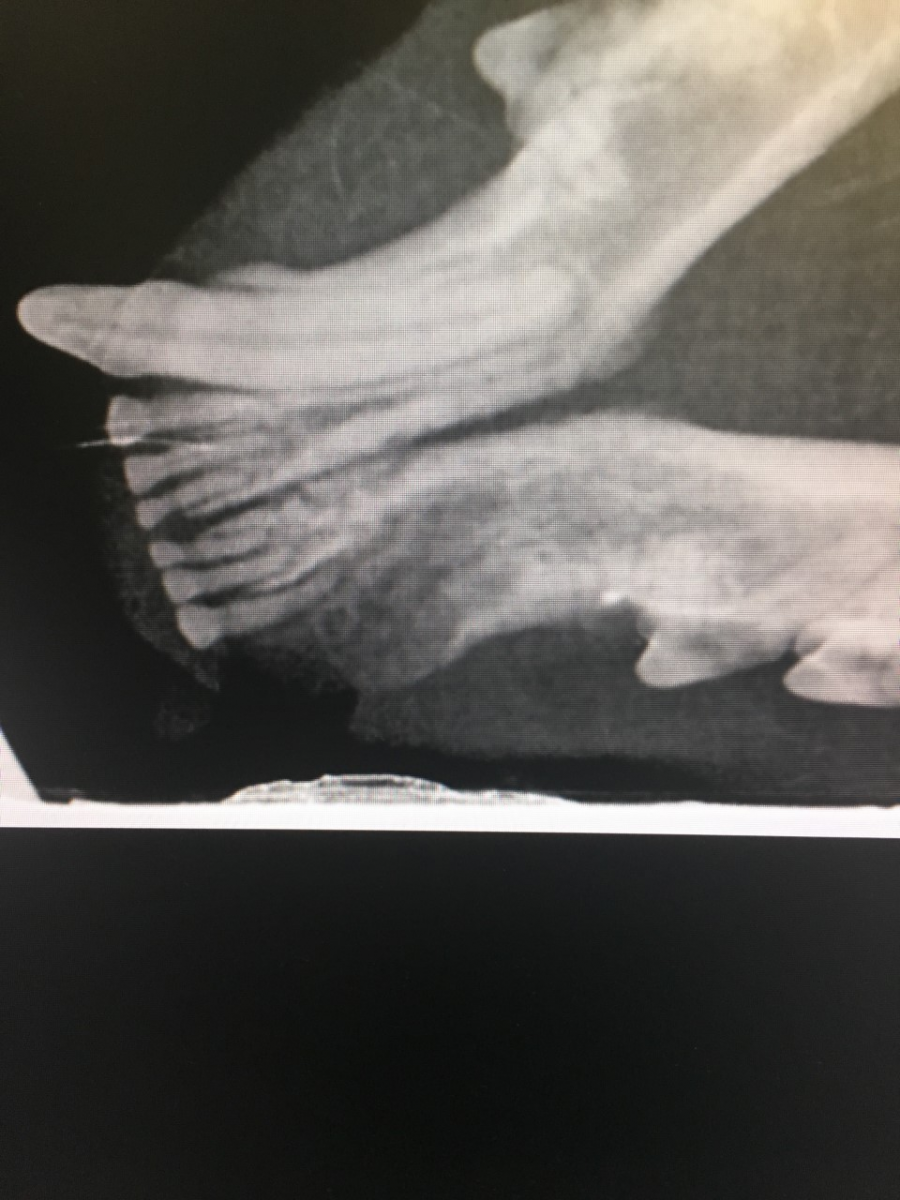As mentioned earlier, veterinary medicine is not always confined to the common image of cat and dog appointments. Because I intend to practice mixed, i.e. companion animals, small ruminant animals such as sheep and large animals such as cows, I wanted to ensure some practice with large animal procedures, including ‘herd health’. This is a term used to describe the regular monitoring of production animals – often dairy cows, but certainly others as well – for calf health, growth, pregnancy, gestation stage, postpartum condition and overall health.
While I’ll be the first to admit my palpation skills are very limited, this skill (and pregnancy determination, even with an ultrasound!) is one that can only truly be honed with practice. However, there are many other aspects to herd health, including ketone testing, postpartum exams (for infection), and calf evaluations.
 By my last week in town, I was grateful for the enduring patience of clinic staff as I navigated the relatively novel world of clinical techniques. In addition to conducting tail vein blood draws on cows for the first time, I was also being given supervised opportunities to interpret radiographs, administer vaccines, conduct full physical exams, and even complete two spays and a neuter (with client consent). Many of these tasks will make daily appearances as I enter the working world, but as someone coming out of three years of mostly classroom-based learning, I appreciated the exposure. After all, we need to start somewhere!
By my last week in town, I was grateful for the enduring patience of clinic staff as I navigated the relatively novel world of clinical techniques. In addition to conducting tail vein blood draws on cows for the first time, I was also being given supervised opportunities to interpret radiographs, administer vaccines, conduct full physical exams, and even complete two spays and a neuter (with client consent). Many of these tasks will make daily appearances as I enter the working world, but as someone coming out of three years of mostly classroom-based learning, I appreciated the exposure. After all, we need to start somewhere!
As my externship progressed, I also sought opportunities to learn some clinic duties that are not typically considered ‘the vet’s job,’ but which I think are very important. By the end of my time at MVC, I was able to assist our amazing (and often bombarded) reception staff and technicians with answering calls, checking in clients, obtaining a history, filling orders, and booking appointments. These may not be the usual responsibilities of veterinarians in clinic, but I think that putting myself in the shoes of different employees now will (hopefully) help me be not only a better clinician, but also a better co-worker, as I enter practice.
Overall, my externship at Mildmay Veterinary Clinic served its purpose very well. Even with the major impacts of COVID-19 on our clinical year, and the disappointing loss of half our externship time, I was fortunate to cram a whole lot of pets, procedures and personal growth into these four weeks. There is much more to these rotations than filling a checkbox in our curriculum. My time at Mildmay saw me grow relationships with colleagues and clients, and gain confidence in my abilities as a future veterinarian. Best of all, it reminded me that despite all the challenges vet school (and especially 2020) have thrown at me, I am exactly where I am meant to be on my journey to a challenging yet rewarding dream career.
